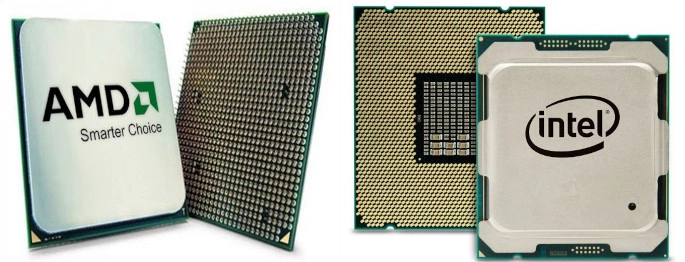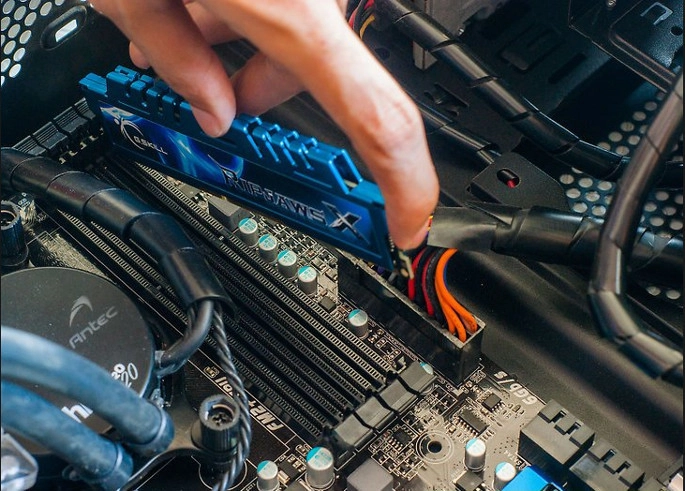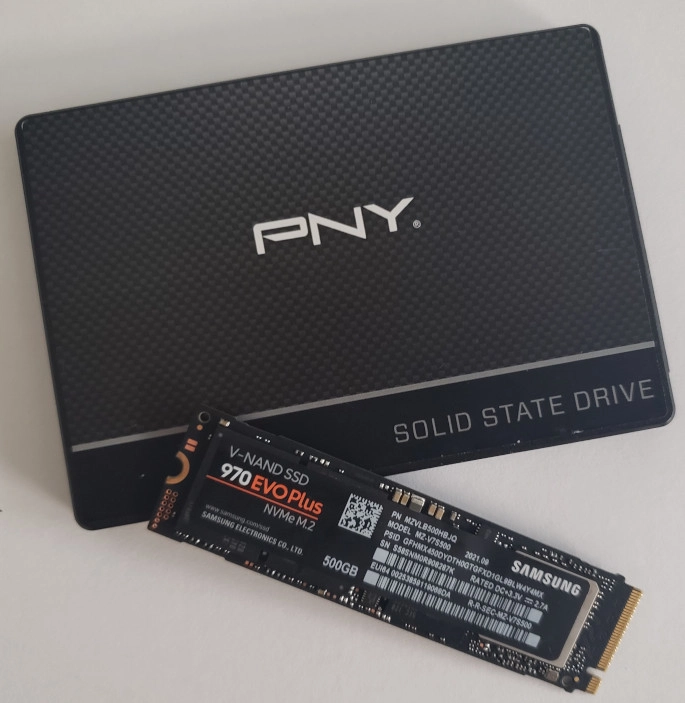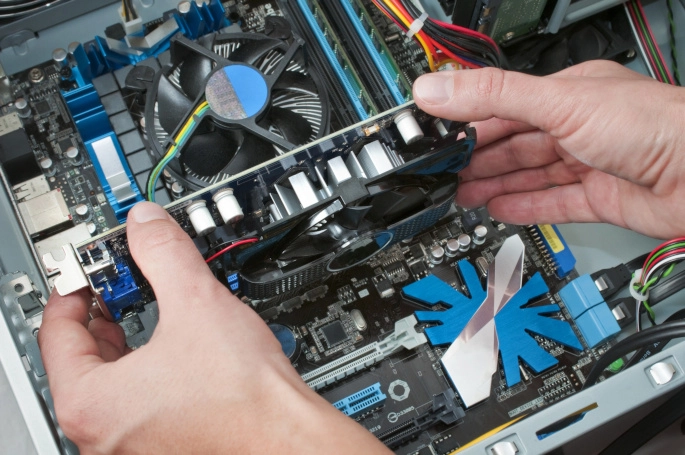The one-size-fits-all approach won’t serve you well when selecting the computer for your video editing needs. Want to be viral on TikTok or make commercial quality business videos? Unquestionably, you’ll need a PC that suits your video editing demands. This article shares the top four considerations.
Picking a PC for Video Editing
Ready to be the next TikTok breakout? Or perhaps you want a video of your cockatoo “singing” “Amazing Grace” to go viral. Or you may make company promotional videos while working from home. Nonetheless, there are many reasons you might be looking for the right home computer to do video editing. This article will help.
Yes, you can make edits on a phone or tablet, but if you want to do your videos justice, invest in the tools to meet the high demands of video editing. Firstly, consider processing power, memory, storage space, and graphic cards.
Four Components To Consider
1. Know your CPU

AMD or Intel for video editing PC
So, whatever your goal is with your video editing rig, you can count on needing a lot of processing power to do the job well. Undoubtedly, you want to get the best computer processing unit (CPU) you can afford.
Some video editing software makes use of multiple cores. You might think of this as one person with many arms to complete tasks. Meanwhile, single-core video software has one arm. If you’ve only got that one arm, it’s best to make it as strong as possible, requiring the highest processing speed.
Adding titles, visual effects, and sound effects require more of your processor. It must compile, encode, and compress your efforts into the final video cut. So, CPU performance matters.
2. Make memories with RAM.

Make sure to have plenty of RAM.
Secondly, you may want to edit only home videos to share with friends and family. Whether it’s that or you’re creating commercial quality videos, consider memory (RAM).
Think of RAM as the amount of desk space or elbow room you have to do your tasks. You’ll need more room to complete a more significant project, whether you have one or many arms.
At a minimum, you should be starting with 16GB if you plan to do any video editing. If you are going to be working with long videos or huge files, you should consider 32GB or even 64GB.
3. Storage savvy

Solid-State drives are your best bets.
Thirdly, storage is easily overlooked but very important to video editing.
A solid-state drive (SSD) is essential for video editing. SSDs are instantaneous, using flash memory to store data. Old “spinner” drives work a bit like a record player. The “needle” needs to physically move to where the file is on the platter, which slows things down. Solid-State drives make your work go a lot faster.
Generally, we recommend an SSD for working on the video files and then moving the file to an old, large storage spinner for storage. The downside? SSDs don’t have as much storage space as old spinners.
4. Give a graphics card a look.

For best video editing, a graphics card is a must.
Lastly, a graphics card is not required but can be helpful when editing a video. You may not need a dedicated graphics card if you’re using beginner- or intermediate-level editing software. However, there is a performance gain when using a sound graphics card for video editing. The free DaVinci Resolve and Premiere Pro do well with AMD and NVIDIA graphics cards.
Build with an expert

We can do this!
The best way to get the right personal computer to meet your particular video editing needs is to work with a PC builder to customize a computer to your specific needs. You can talk about the types of videos you’re editing and your software. Finally, I can optimize a system to suit you and your budget. Contact me today.


